Students who are able to plan, monitor, evaluate and evaluate their learning become more metacognitive aware and thus more successful learners. Our metacognitive cycles and exam wrappers, which are evidence-based strategies that help students build metacognitive awareness and regulate their learning, support them in their journey towards being more self-regulated.
Students were taught what to do, but they rarely learned how to do it. This was my experience. This could result in them feeling stuck, anxious, or disengaged.
Metacognition can be defined as a student’s ability or inability to recognize their thinking processes. Students can use metacognitive thought to help themselves regulate their thoughts and direct their actions towards their goals. You could also opt for the simpler route to achieving your goals, such as help with homework on domyhomeworknow.com. Students can be taught how to develop their metacognitive skills from as young as kindergarten. This can be done by monitoring and evaluating students’ learning. Students can use these strategies with greater autonomy and choice when they reach third grade.
Planning
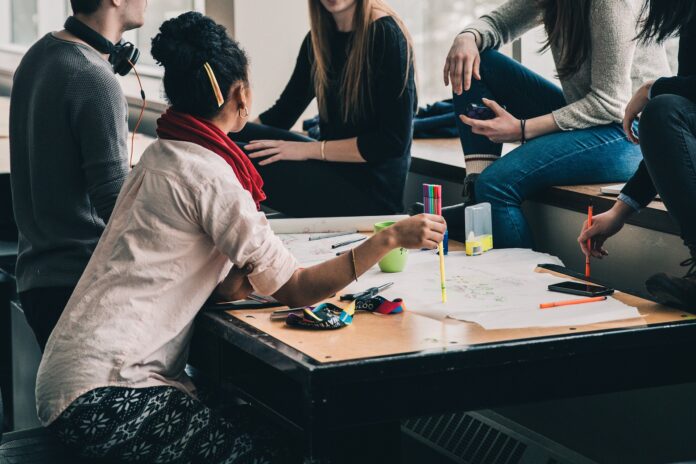
Students who don’t have a plan for their work can quickly become disoriented and overwhelmed. Students might lose their focus, get distracted, or lose their way. It is possible to avoid these issues by taking the time to plan. You can prepare for any task by setting goals, planning your approach, visualizing the task, and connecting to past knowledge. These strategies can be used to help students plan.
Building on previous knowledge: Teachers can help students link new information to what they already know. Students might be asked for brainstorming, to view a video clip, to discuss images, and to look at objects related to the topic. To help students understand the background, it is possible to provide some background information.
Make precise predictions and prioritize information throughout the lesson.
The achievement of students who set and track goals are linked to a 32 percent increase in their achievement. Teachers can help students create short-term and long-term goals.
The planning process: Many people have been frustrated by setting goals but not being able or motivated to keep them on track. Teachers can help students identify and change the behaviors and habits that will get them from where they are to where they want. Students can make a plan or checklist that will help them keep track of their progress and to take small steps toward achieving their goals.
Monitor
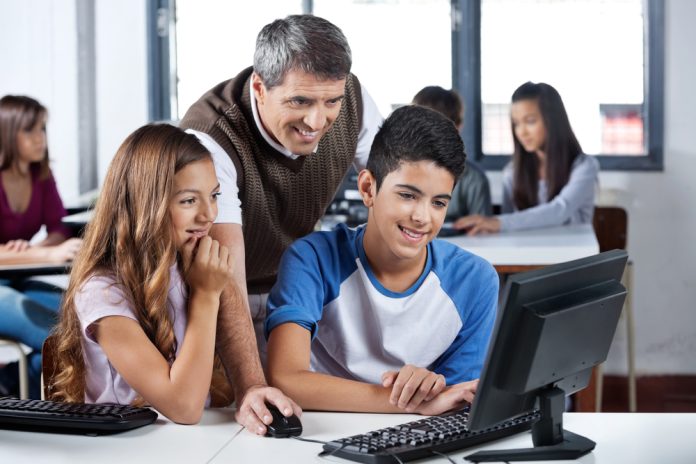
Students who have difficulty monitoring their assignments may not know how to get help or depend on their teacher to make sure they are correct. Students who struggle with monitoring may feel less self-confident and believe their efforts won’t have an impact on their actions. They might also be less likely to modify their approach if it isn’t working. Students assess their understanding and determine if their strategy is effective. These strategies are great for student monitoring.
Metacognitive talk is when teachers speak out loud to students who have just learned a new skill. This makes students’ thinking visible. This allows students to develop complex thinking skills that are relevant to their topic. Teachers can encourage students and others to have discussions, not just to share their knowledge. Use strategies such as think-pair to help students see the various approaches to a problem.
These are just a few of the many methods students can learn. Students love to write a one-pager.
Diversify: Students must be able to see multiple approaches to a learning task. It is easier to learn when you combine verbal and visual information. Students will be better equipped to select the right strategy for them if they have a range of strategies.
Evaluate
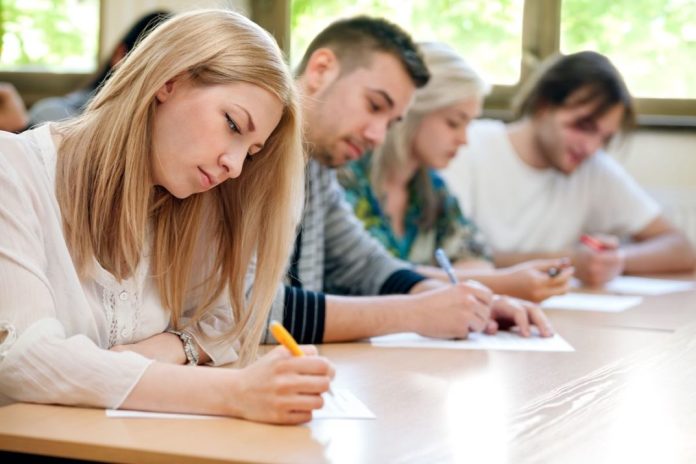
Students who do not evaluate their learning are more likely to have difficulties understanding how to use strategies in different contexts or for future problem-solving. They may not be able to tell you the reason or how to correct them next time, even though they know they made mistakes. Students should assess whether or not the strategy chosen works and what they would do differently. These strategies will assist students in evaluating.
Assess: Learning does not have to end with testing. Students have the option of creating practice tests and questions. Teachers can also create pre- and/or post-tests with clickers in order to help students prioritize information, and assess their learning.
Discover what students are passionate about, and use that information to motivate them. You can easily incorporate those passions into your instruction, no matter if the child is focused on one subject or several. The results? The result? Students who are happier and more motivated.
Get feedback: Teachers serve as coaches and offer information about students’ learning goals and progress. Feedback should not be viewed as a criticism or a reflection of students’ personal characteristics. Instead, students should ask the following questions:
* What are you working towards
* What are some of my achievements?
* Where can you go from here?
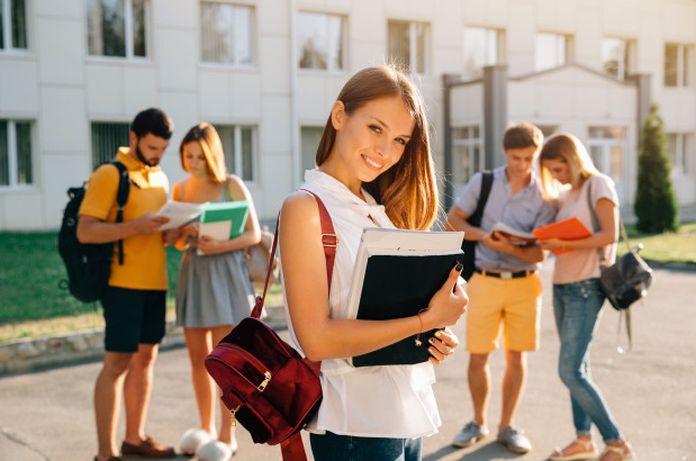
Reflection and revision: Students examine their strategy after a self-assessment. They decide on the changes that they need to make. Students might also look at areas that may require assistance. Students can also look at the areas that failed and create a plan to fix them. Students should be able to explain the problem and suggest solutions. This is the start of the metacognition process, which began at the planning stage.
The only way to make learning relevant is to teach students the strategies, tools, and methods they need. Students have become more autonomous, engaged, and capable of exercising agency, as they are able to incorporate metacognitive skills and self-regulated learning strategies.
The pandemic and learning online have put us with a new reality for the critical-thinking ideal. If all we want is that students would take care of themselves and learn how to think about it, nowadays they staying in isolation may receive high marks. We can achieve those goals online and face to face but, in any case, it will require a focused effort and a re-examination of our highest ideals as educators.
Like all strategies that aim to increase students’ metacognitive awareness, teachers need to be involved in the initial stages of learning. These will become more independent and students will gain a better understanding of themselves and their learning process.

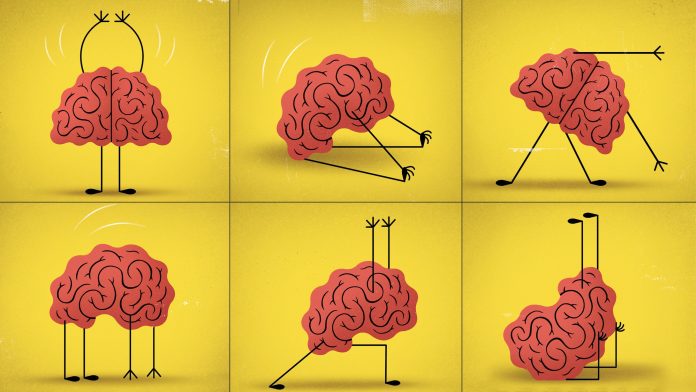



![Calgary’s Hottest Neighborhoods for Luxury Homebuyers [2024]](https://thewashingtonote.com/wp-content/uploads/2024/04/Calgary-324x160.png)



